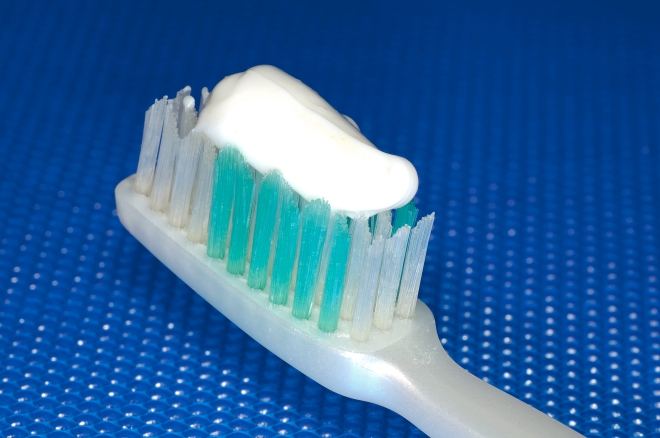Halitosis, which is the scientific name for bad breath, happens to most all of us at one time or another. So what causes bad breath? Mostly it comes down to bad oral hygiene.
According to a recent article in Medical News Today, potential causes of bad breath can include the following:
- Tobacco: Tobacco products cause their own types of mouth odor. Additionally, they increase the chances of gum disease which can also cause bad breath.
- Food: The breakdown of food particles stuck in the teeth can cause odors. Some foods such as onions and garlic can also cause bad breath. After they are digested, their breakdown products are carried in the blood to the lungs where they can affect the breath.
- Dry mouth: Saliva naturally cleans the mouth. If the mouth is naturally dry or dry due to a specific disease, such as xerostomia, odors can build up.
- Dental hygiene: Brushing and flossing ensure the removal of small particles of food that can build up and slowly break down, producing odor. A film of bacteria called plaque builds up if brushing is not regular. This plaque can irritate the gums and cause inflammation between the teeth and gums called periodontitis. Dentures that are not cleaned regularly or properly can also harbor bacteria that cause halitosis.
- Crash diets: Fasting and low-carbohydrate eating programs can produce halitosis. This is due to the breakdown of fats producing chemicals called ketones. These ketones have a strong aroma.
- Drugs: Certain medications can reduce saliva and, therefore, increase odors. Other drugs can produce odors as they breakdown and release chemicals in the breath. Examples include nitrates used to treat angina, some chemotherapy chemicals, and some tranquilizers. Individuals who take vitamin supplements in large doses can also be prone to bad breath.
- Mouth, nose, and throat conditions: Sometimes, small, bacteria-covered stones can form on the tonsils at the back of the throat and produce odor. Also, infections or inflammation in the nose, throat, or sinuses can cause halitosis.
- Foreign body: Bad breath can be caused if they have a foreign body lodged in their nasal cavity, especially in children.
What can you do to avoid bad breath? Brush at least twice daily especially after a meal. Floss at least once a day to remove food particles and plaque left after brushing. Replace your toothbrush every 2 to 3 months. Brush your tongue where bacteria and dead cells can develop. Drink plenty of water to avoid dry mouth and avoid onion, garlic, spicy and sugary foods that are all linked with bad breath.
Above all, call our office at Brogdon Dental to set up an appoint for your annual cleaning and to discuss your concerns. We look forward to hearing from you.


